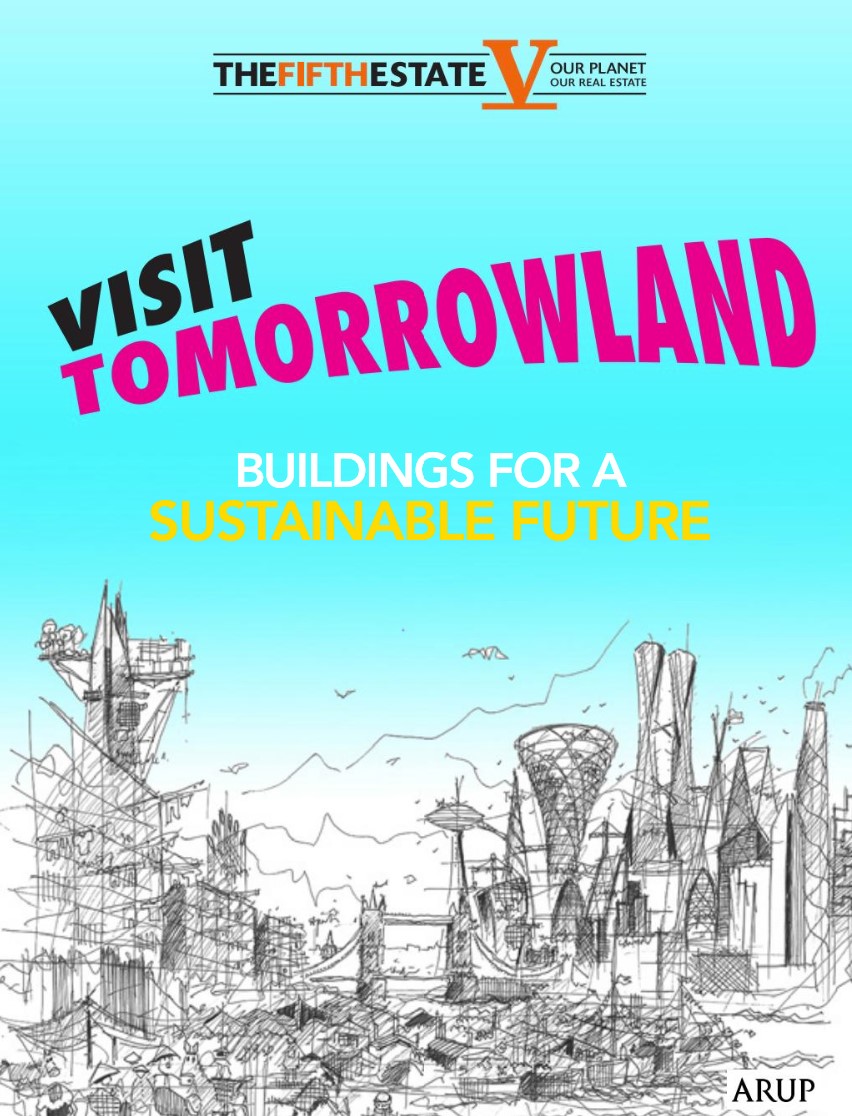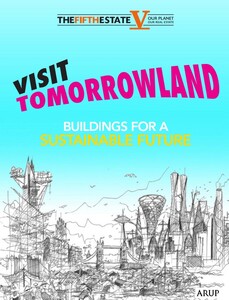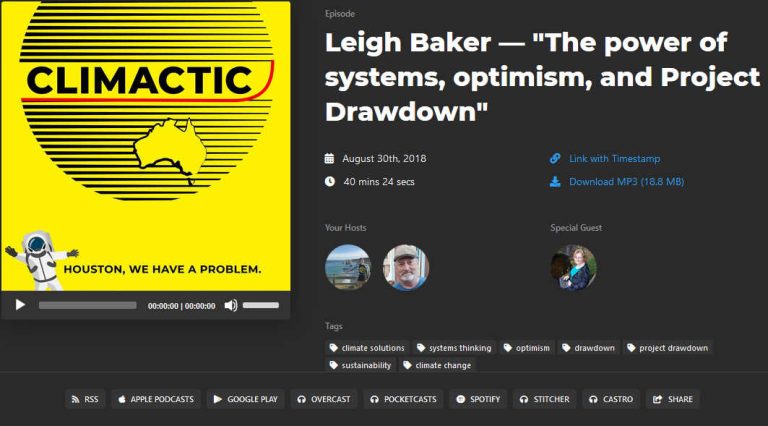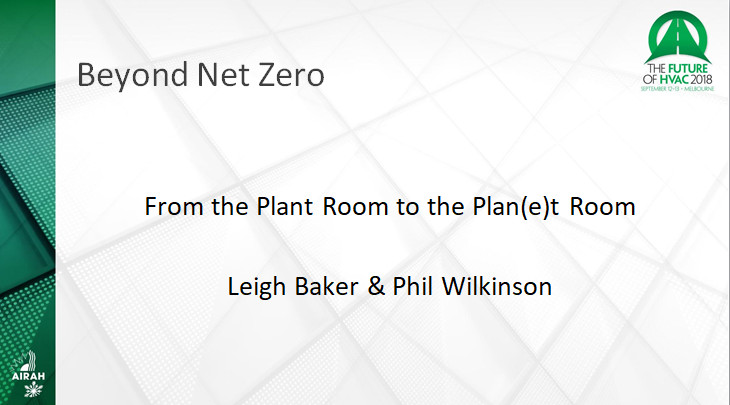The power of getting the boss hooked on sustainability
Back in 1993, a research assistant working at global carpet manufacturer Interface helped get his boss hooked on the opportunity side of sustainability. Today, Interface has not only achieved their Mission Zero goals, they’ve launched a Climate Takeback program to get their whole value chain to become a carbon sink.
In the middle of the Global Financial Crisis, property developer Darren Pearson became a “stealth greenie” when his young daughter threatened to stop speaking to him because he cut down trees – then one of his mentors challenged him him on what he was doing to make the world better. Now he builds and sells residential developments full of seriously sustainable houses.
What changed?
In both instances, what changed was how “the boss” thought about sustainability. When that changed, the impact of their whole organisation changed. There’s a long, long list of stories from around the world of how much impact it can have.
Their business innovation wasn’t dictated by government policy. Change wasn’t forced on them by regulation orcompliance. It happened because someone they knew gave them the motivation to explore doing something differently.
Structural geopolymer concrete in Brisbane
It’s still happening – and it’s and increasingly powerful intervention point because there are so many good stories about the business benefits of strategic sustainability innovation.
A recent story in my Inbox tells the story of Brisbane’s Marc Kenney who runs building company Mettle. Mettle is building their own headquarters, and they’re doing it with a whole range of biophilic design principles. They’ve also become a world leader in structural concrete with:
“…the first use globally of Wagners geopolymer concrete in an insitu multi-storey building. The product, which claims to be 80 per cent less carbon intensive than regular concrete, has been used in runways, wharves and in pre-cast panels, but not in this way.” Fifth Estate
So they’ll be first to market with the skills to build structural low-carbon concrete in Brisbane and Sydney.
Marc Kenney describes his motivation as “a gradual change in his Reticular Activating System” (the brain system that decides what we notice) rather than a specific compelling incident. Plus the ability to “do something different… and call the shots” when building their own offices. It might well have mattered that he knew the guy making the concrete personally.
It’s getting easier to cross the chasm
In his classic marketing book Crossing the Chasm, Geoff Moore pointed out that many good ideas don’t make it across the “innovation chasm” from invention to adopted innovation. (Video intro here.)
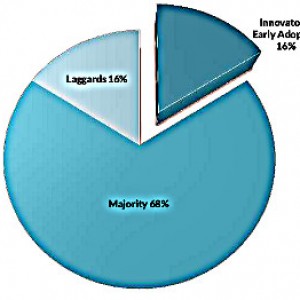
One of the key dynamics he talked about was the ability to demonstrate to Early Adopter leaders that other “leaders like them” had successfully taken action – lowering the social risk of their own action. With the growing list of success stories across Australia and around the world, it’s easier than ever before to reduce the social risks of sustainability innovation.
Who’s “the boss” in your network?
There’s probably someone you know who “runs things” in their organisation – but who’s not yet tuned their RAS to sustainability as opportunity.
Who are they, and what could you put in front of them to arouse their curiosity?
(If “the boss” is someone in the building industry, it may be worth trying Fifth Estate’s “Visit Tomorrowland”)

